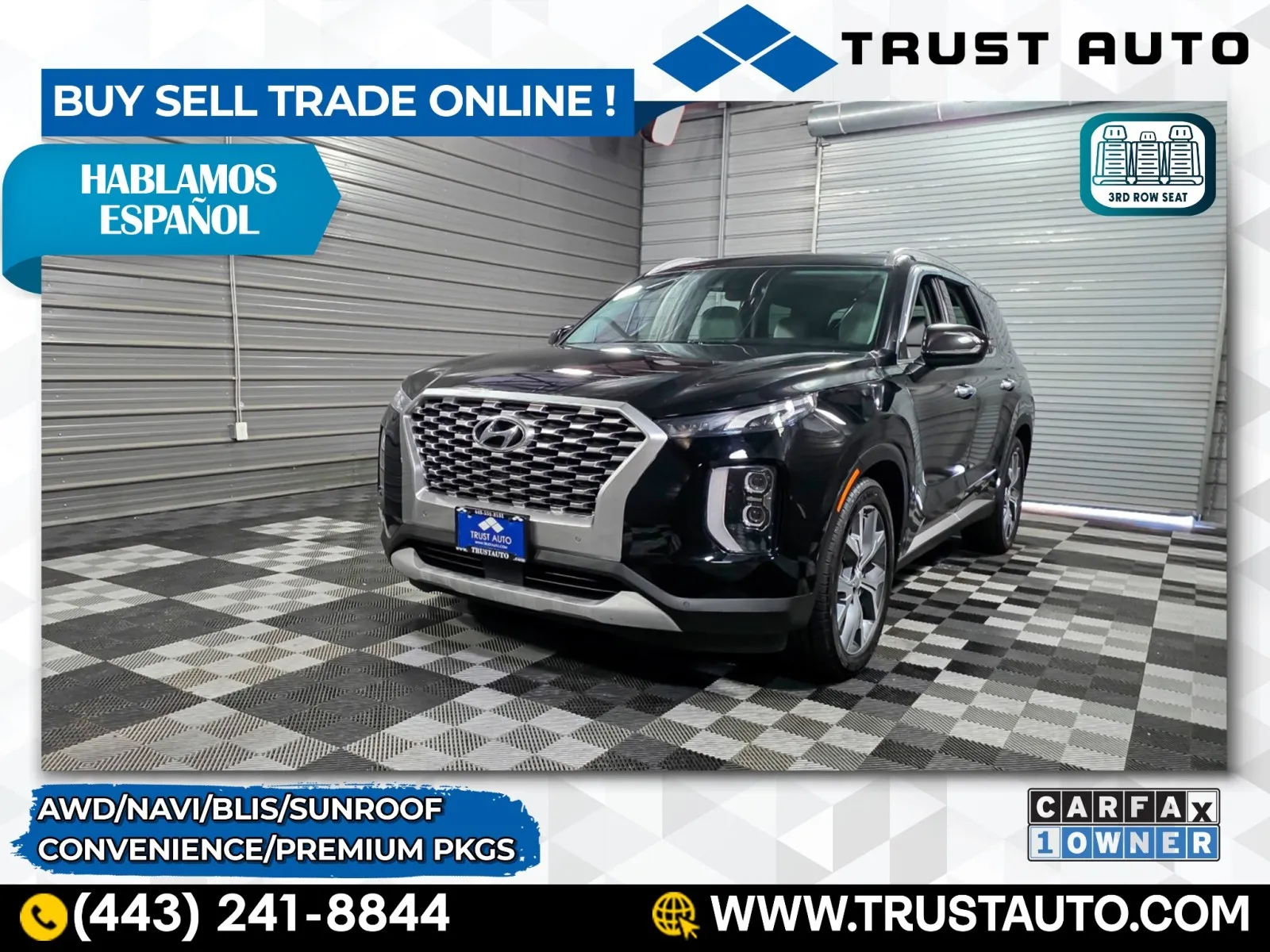Land Rover Vs. Range Rover: What's the Difference?
Table of Contents
- Land Rover Vs. Range Rover: What’s the Difference?
- Land Rover Vs. Range Rover: Brand Vs. Model
- Land Rover and Range Rover: A Brief History
- Land Rover Model Highlights
- Range Rover:
- Range Rover
- Range Rover Sport
- Range Rover Velar
- Range Rover Evoque
- Land Rover Discovery:
- Land Rover Discovery
- Land Rover Discovery Sport
- Land Rover Defender:

Land Rover Vs. Range Rover: What’s the Difference?
When it comes to premium 4x4s and SUVs, is there an international brand more iconic than Land Rover? Its vehicles are renowned for their style, off-road capabilities, and capacity for luxury, space, and utility. Besides Land Rover, however, there is also something called Range Rover. The luxurious Range Rover Sport, for instance, is a popular model favored by top-end drivers.
Land Rover, Range Rover: are they related? Clearly, they are because you always see Range Rover and Land Rover vehicles sold together. Are these different brands? Let’s clarify the relationship between these two names.
Land Rover Vs. Range Rover: Brand Vs. Model
The key difference is that Land Rover is the overlying brand that includes the Range Rover model. Land Rover was originally an independent brand in the UK before it was purchased by BMW in 1994 and then by Ford in 2000. Ultimately, Indian multinational Tata Motors took over ownership in 2008. In 2012, Tata merged Land Rover with another iconic British marque, Jaguar to form the new subsidiary Jaguar Land Rover.
Regardless of the corporate structure, the branding related to Land Rover vs. Range Rover hasn’t changed. Land Rover remains the umbrella brand that encompasses a range of models, including the Range Rover. Land Rover’s model range includes the following vehicles (among others, historically):
- Range Rover
- Range Rover Sport
- Range Rover Velar
- Range Rover Evoque
- Discovery
- Discovery Sport
- Defender
This means that the full name of the Range Rover would actually be the Land Rover Range Rover, which sounds odd to many, so the tendency for many simply to omit the “Land Rover” part. This has given rise to the notion that Land Rover and Range Rover are separate brands.
Land Rover and Range Rover: A Brief History
The name “Land Rover” originally referred to a vehicle that was an off-road vehicle produced by the Rover Company. Over time, it started to become established as a brand in its own right. The first vehicles with the Land Rover name were built in the post-war period between 1945 and 1950, with its most lasting legacy being the now-iconic Land Rover Defender.
The company Land Rover Ltd–a part of the larger Rover Group–eventually became a state-owned British Leyland Motor Corporation subsidiary. The Range Rover name first appeared as a model in 1970. As that entity began to crumble through the 1970s and 1980s, however, Land Rover was steadily separated but was still part of the overall Rover Group.
One of the most lasting and iconic creations of the tumultuous period of nationalization and eventual privatization was the Discovery. In 1989, this other model became the third great jewel in the crown after the Defender (1948) and the Range Rover (1970). These model names continue into the current modern range of Land Rovers.
BMW acquired Rover in 1994 and broke up the group, eventually selling Land Rover to Ford in 2000. The BMW and Ford period accelerated Range Rover development, first introducing a second-generation model in 1994, which still was powered by the 4.0-liter Rover V8 engine. It also introduced a 2.5-liter BMW Diesel engine option.
In 2001, Ford launched the already-planned third-generation model and was arguably the generation that made the Range Rover name genuinely great. Noted British automotive journalist and original host of the hit show Top Gear , Jeremy Clarkson, revealed in his Sunday Times (UK) column that he owned a Range Rover Vogue SE (third-generation), and it was “the best car in the world and best 4×4.”
Land Rover was acquired by Tata Motors and was then subsequently reunited with fellow British marque Jaguar. The two had once also been under the same umbrella back in the days of nationalized British Leyland.
The fourth and current generation of Range Rover models was first released in 2012. It was the first to use an all-aluminum unibody configuration, an upgrade from the previous model’s steel unibody. In fact, the change in metal helped reduce overall curb weight by more than 900 lbs.
Land Rover Model Highlights
Below we’ll go through the seven models currently in Land Rover’s eclectic range. The selection includes four Range Rover models, as well as two Discovery models and the Land Rover Defender.
Range Rover:
There are four Range Rover models currently in Land Rover’s lineup.
Range Rover
- Engine: 3.0L turbodiesel; 3.0L i6 MHEV (2 variants); 2.0L P400 PHEV; 5.0L V8 (2 variants)
- Drivetrain: AWD
- Power/Torque: 254 hp/443 lb-ft (3.0L turbodiesel); 355 hp/365 lb-ft and 395 hp/405 lb-ft (3.0L i6 MHEV); 398 hp/472 lb-ft (2.0L PHEV); 518 hp/461 lb-ft and 557 hp/516 lb-ft (5.0L V8)
- Passenger Capacity: 5
- Towing Capacity: Max. 7,716 lbs
- Gas Mileage: Best 22 mpg city and 28 mpg highway (3.0L turbodiesel)
The regular Range Rover comes in both a standard and long-wheelbase form for those who need to tailor the model to their needs. Despite the more extended wheelbase option, the Range Rover only seats up to 5. Put those rear seats down for a massive 59.8 cubic feet of storage, though, and this Range Rover puts the “U” in SUV.
Range Rover Sport
- Engine: 3.0L Turbocharged V6; 5.0L supercharged V8 (2 variations); 3.0L turbodiesel V6; 2.0L turbocharged 4-cylinder hybrid
- Drivetrain: 4WD
- Power/Torque: 395 hp/406 lb-ft (3.0L); 518 hp/461 lb-ft and 575 hp/516 lb-ft (5.0L); 254 hp/443 lb-ft (3.0L turbodiesel); 398 hp/472 lb-ft (2.0L hybrid)
- Passenger Capacity: 7
- Towing Capacity: Max. 7,716lbs
- Gas Mileage: Best 22mpg city and 28 mpg highway (3.0L turbodiesel)
It’s large; it’s luxurious but also surprisingly quick and agile. The Range Rover Sport has been the mainstay of the Range Rover lineup for many years. It is built now with an adaptive air suspension system that makes the ride smooth and comfortable. What’s more, it’s available with a long list of engine options to suit different needs, but the turbodiesel remains the most efficient.
Range Rover Velar
- Engine: 2.0L 4-cylinder (gas and diesel); 3.0L V6 (gas and diesel); 5.0L Supercharged V8 (SVAutobiography Dynamic)
- Drivetrain: 4WD
- Power/Torque: 247 hp/269 lb-ft (2.0L gas); 178 hp/317 lb-ft (2.0L diesel); 335 hp/332 lb-ft (3.0L gas); 271 hp/461 lb-ft (3.0L diesel); 542 hp/502 lb-ft (5.0L)
- Passenger Capacity: 5
- Towing Capacity: Max 1,653lbs
- Gas Mileage: Best: 21 mpg city and 27 mpg highway (2.0L diesel)
The compact Velar arose from the development of the smaller Evoque. While not the fastest SUV on the road, a 0-60 time of 6.4 seconds means this stylish SUV still has plenty of peps. The Velar rides on 19” alloy wheels and features premium interior touches like satin chrome on the gearshift, a soft leather steering wheel, and a Meridian Sound System.
Range Rover Evoque
- Engine: 2.0L i4 gasoline
- Drivetrain: AWD
- Power/Torque: 246 hp/269 lb-ft torque
- Passenger Capacity: 5
- Towing Capacity: Max. 3,969lbs
- Gas Mileage: 20 mpg city and 27 mpg highway
The Range Rover Evoque launched in 2012 to some fanfare and even some controversy given its more compact design. The vehicle was Land Rover’s first foray into the new and emerging world of compact crossovers. The Evoque has continued to be popular, though, boasting great looks, strong performance, and nice details like LED headlights, and advanced driver aids. Despite its compact size, the Evoque offers up to 50.5 cubic feet of cargo space.
Land Rover Discovery:
There are two Discovery models, namely: the Discovery and the Discovery Sport.
Land Rover Discovery
- Engine: 2.0L 4-cylinder
- Drivetrain: AWD
- Power/Torque: 296 hp/295 lb-ft
- Passenger Capacity: 7
- Towing Capacity: Max. 8,200 lbs
- Gas Mileage: 19 mpg city and 23 mpg on the highway
After the Land Rover Defender, the Discovery was often viewed by many as the king of off-roaders. It has undergone many redesigns over the years, and its current form is somewhat lower with a wider stance, which gives the new Defender a more cosmopolitan appeal. The Discovery features third-row seating for a total passenger capacity of seven. In addition, it’s among the most capable towers in Land Rover’s range, with a capacity of up to 8,200lbs.
Land Rover Discovery Sport
- Engine: 2.0L 4-cylinder
- Drivetrain: AWD
- Power/Torque: 246 hp/269 lb-ft
- Passenger Capacity: 5 + 2 children’s seats
- Towing Capacity: Max. 4,409 lbs
- Gas Mileage: 19 mpg city and 23 mpg highway
Though not quite the natural towing machine that the Discovery is, the Discovery Sport offers great off-road features like its Terrain Response 2 system, which monitors off-road conditions and automatically adjusts the drive modes. It’s also a capable wader with a warning system that will tell you when the water is getting too deep for the Discovery Sport to handle. The exterior has a sleeker, more athletic edge, and you get a fantastic, modern and luxurious interior to go with it.
Land Rover Defender:
- Engine: 2.0L 4-cylinder
- Drivetrain: AWD
- Power/Torque: 296 hp/295 lb-ft
- Passenger Capacity: 6 (up to 7 in the 110)
- Towing Capacity: Max. 8,201lbs
- Gas Mileage: 18 mpg city and 21 mpg highway
The Defender is the legendary off-road vehicle depended upon by farmers and others traveling in the great outdoors. What began as an English countryside dotted with these dependable machines became a phenomenon as Defenders can be found all over the globe. The model was redesigned and relaunched in the 2020 model year. It has received several style upgrades and is less boxy than its predecessor, but it remains highly capable. Please note, the specs above are for Defender 90.











